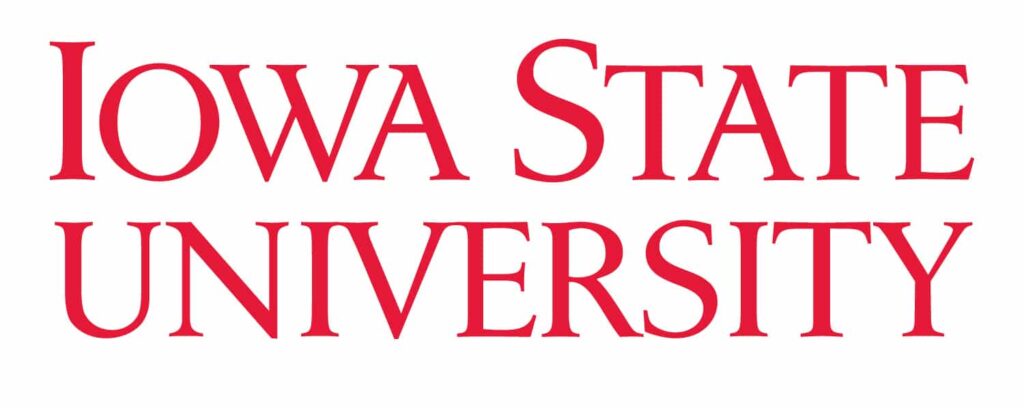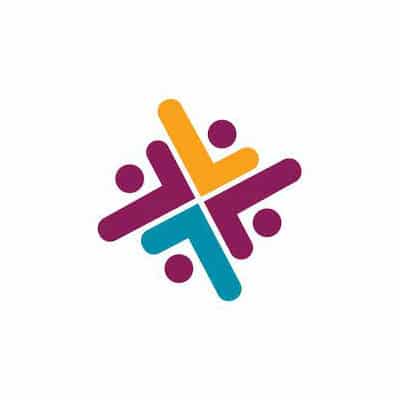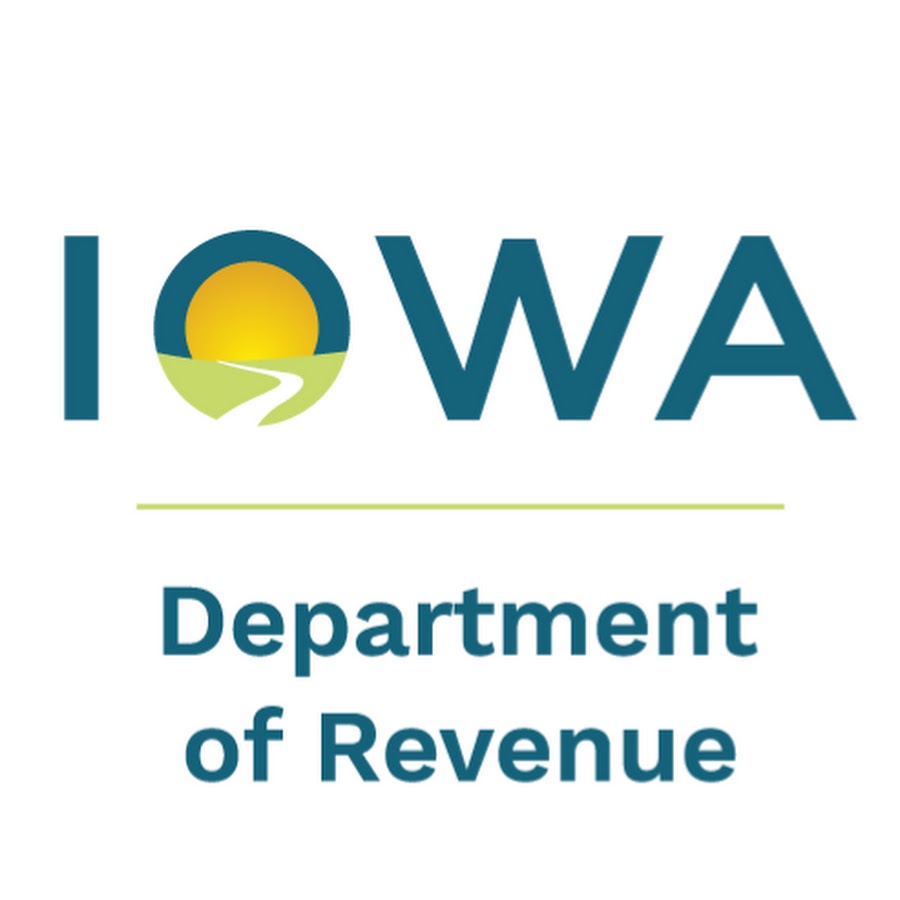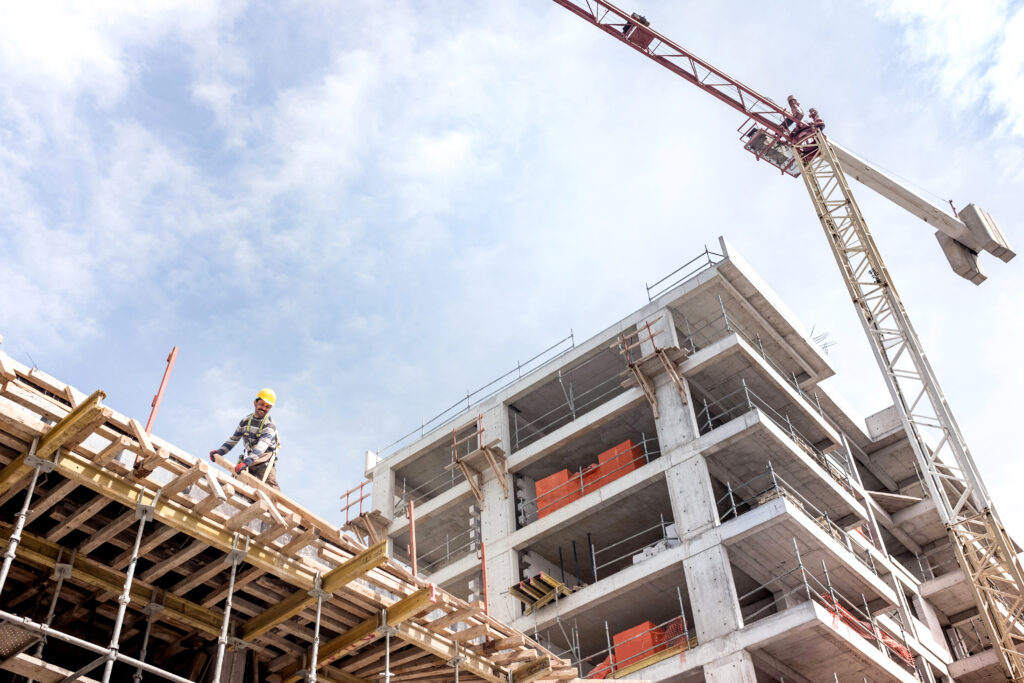Consultant: Healthy Des Moines airport is in line for several new flights

PERRY BEEMAN Jul 12, 2016 | 7:52 pm
2 min read time
484 wordsAll Latest News, Business Record Insider, TransportationA Greater Des Moines-based aviation expert this morning told the Airport Authority Board that Des Moines International Airport is healthy, is poised well for a new terminal and could eventually get service to Philadelphia, Los Angeles, Seattle and San Francisco.
Consultant Michael Bown, who operates out of Urbandale as vice president of Austin, Texas-based Trillion Aviation, said Des Moines’ current average airfare of $542 is very close to the national average.
And the future is promising, he added. “You have a fair amount of upside,” Bown told the board. “The airlines are making good money here. The airlines will be looking to grow, assuming the economy grows, and I think it looks very good for the next few years. It looks like it makes sense to grow here.”
Here’s a quick look at what else Bown had to say:
Good news even in the bad: Even a bit of bad news may help Des Moines. Airlines apparently are preparing to get rid of 50-passenger planes, which could be bad news for places like Cedar Rapids, which might not be able to support larger aircraft for some flights. But it could help Des Moines — where the 76-seat replacements would mean more tickets to sell on some routes.
Des Moines traffic up: The Des Moines airport’s passenger traffic is up 35 percent since the recession ended, compared with the national average of 10 percent. “You have a very diversified portfolio,” Bown said.
Pilot shortage: A change in federal rules has made an already serious pilot shortage worse. Pilots now must log 1,500 hours in the air to get licensed, six times the previous requirement. It costs $100,000 to $120,000 to get trained for a job that offers a salary of $20,000 to start. Some are being offered signing bonuses of $10,000 to $15,000, but it’s still a problem, Bown said, especially when 14,000 pilots are expected to retire by 2022. Paying pilots would mean higher ticket prices, and oil prices are likely to rise in the future.
Consolidation: Four airlines — Delta, American, United and Southwest — control 83 percent of industry seats. But the growth has come in the smaller carriers such as Allegiant Air.
Southwest Airlines’ adjustment: Bown said Southwest’s flights from Des Moines to Chicago Midway struggled, but the St. Louis route looks more promising.
Airlines struggle, adjust: The airlines lost $40 billion from 1978 to 2008, mainly because they had too many seats on planes. Get ready to be bumped or to pay dearly for seats, because Bown expects the airlines to stay with their current plan to reduce seats. Kevin Foley, chief executive and general manager of the airport, got a taste of that when he bought a same-day round-trip ticket to Chicago for a meeting. The tab: nearly $800.
The drop in oil prices showed up in airlines’ bottom lines, with a 17.2 percent profit margin last year, up from 9.7 percent in 2014.










